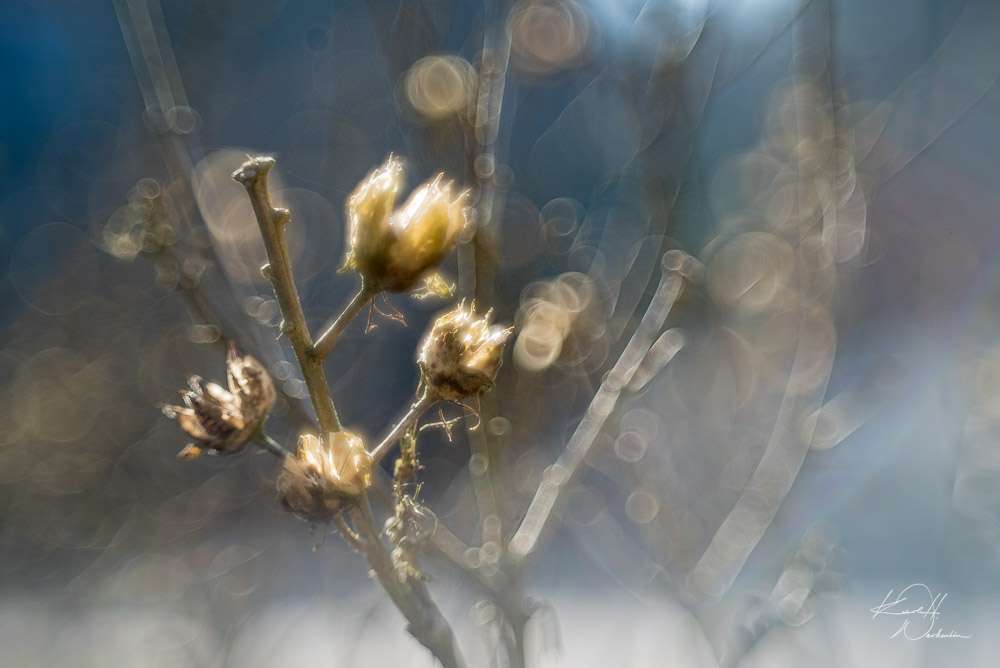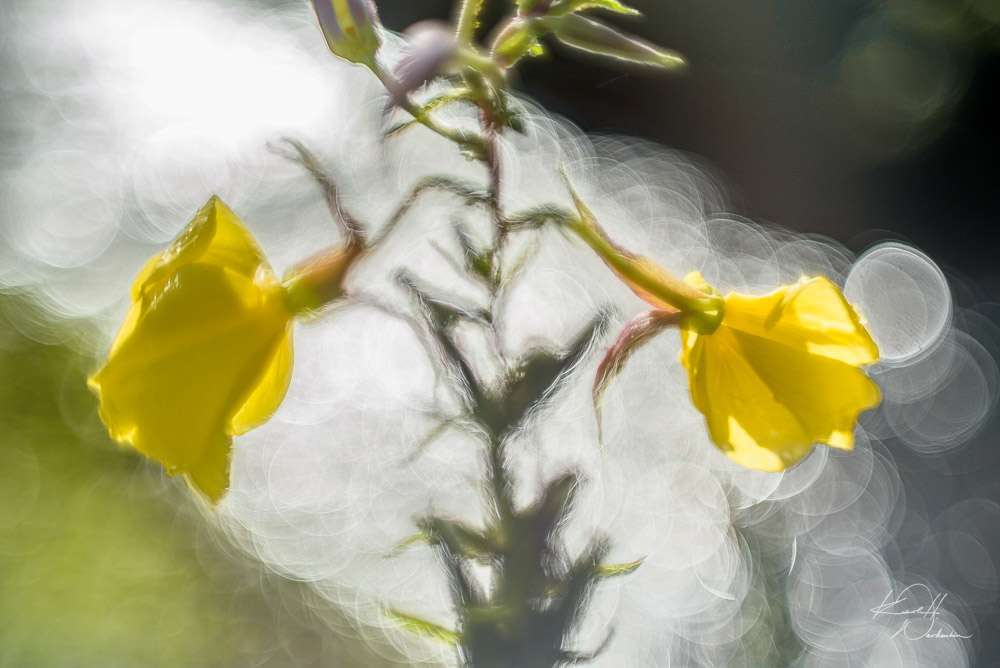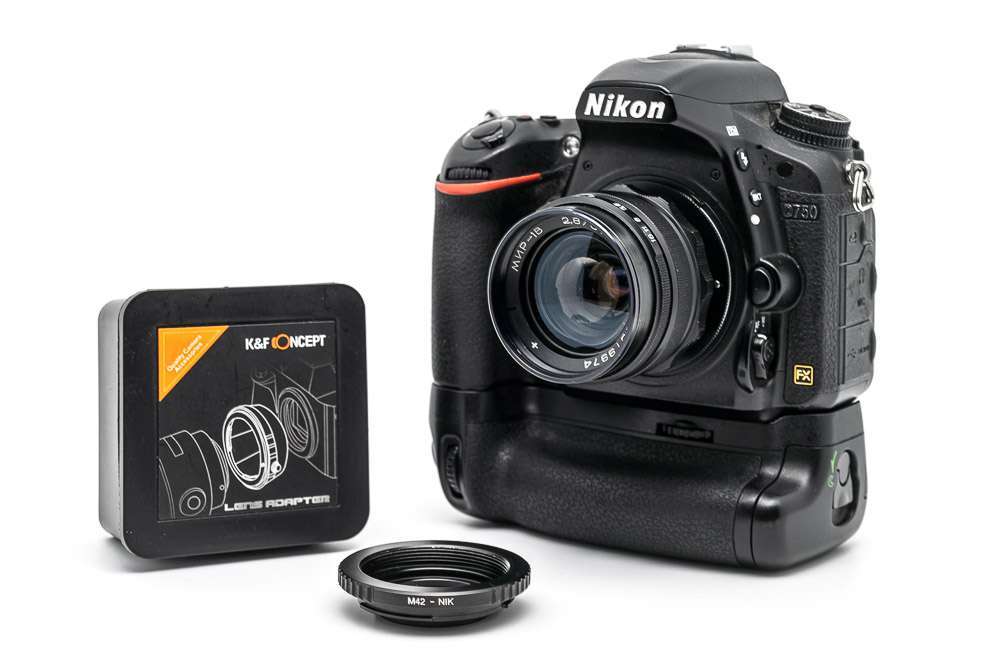When photographers talk about old glass, they usually don’t think of the recycling container. This is about a completely different kind of “collecting valuables”, namely about old lenses from earlier analogue times. And these lenses can definitely be valuable, financially as well as creatively. These old lenses very often produce a very different, very special bokeh.
“What do they produce?” Some newcomers to the subject may ask. The word bokeh (ボケ) comes from the Japanese and describes the type and shape of the blurring of a lens for the motif components that are not shown in focus. Out of focus is not the same as out of focus! By the way, you should pronounce the term in English like „OK“ with an „B“ before, because a Japanese could understand the English pronounced bokeh as 勃起 (Bokki) erection. Here’s an example of bokeh …

This interesting blur effect in the background of the subject is actually a display error of the lens. In the past, however, the technical possibilities for eliminating this “bug” were limited. Since about the 1970s, this has been getting better and better in terms of a perfect representation. Unfortunately, these effects and thus photographic design options through the targeted selection of a lens were lost. Lenses used to have a recognizable character similar to handwriting.
Diese Seite enthält sogenannte Affiliate-Links zu Online-Shops, die mir eine kleine Provision für Waren bezahlen, die Sie dort kaufen. Sie bezahlen dafür keinen Cent mehr und unterstützen damit mich und meine Arbeit. Vielen Dank!
In recent years, more and more photographers have been looking for these “signatures” and thus for old lenses. Many an old lens that is still slumbering in the attic or in Grandpa’s photo bag could be such a treasure. The good thing is that you can easily use these old lenses on modern mirrorless cameras and sometimes also on current SLR cameras. All you need is an adapter that makes the old lens mount suitable for the modern camera bayonet.

Adapters are available for all current digital camera systems and many old lens mounts. The so-called M42 screw thread was very common and can be used with adapters on almost any modern camera in manual mode, i.e. without autofocus and automatic exposure. Below is the Russian MIR-1B lens with a focal length of 37mm and a maximum aperture of 2.8 mounted on my Nikon D750 using an M42 adapter for the Nikon F-mount. Focusing is manual with this combination, but the camera’s aperture priority (S) even allows automatic exposure setting with this lens. By the way, K&F offers a large number of lens adapters to connect old lenses to modern cameras.

